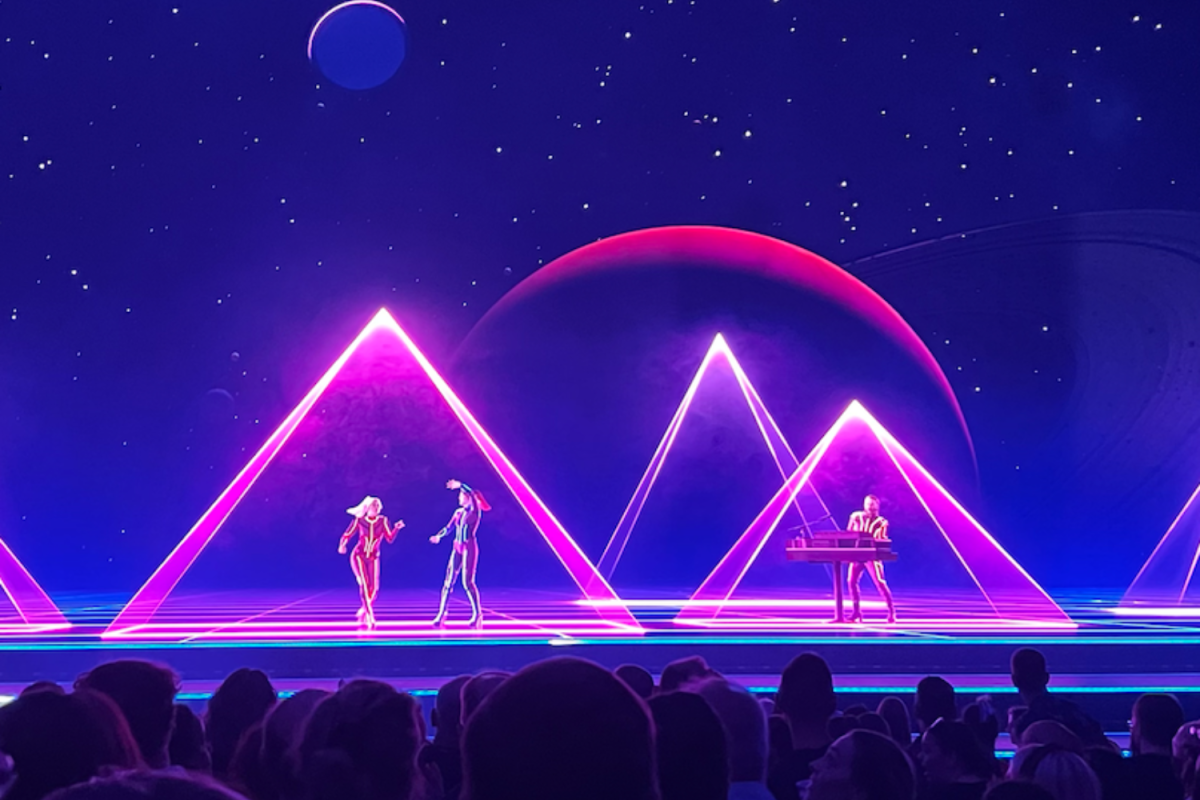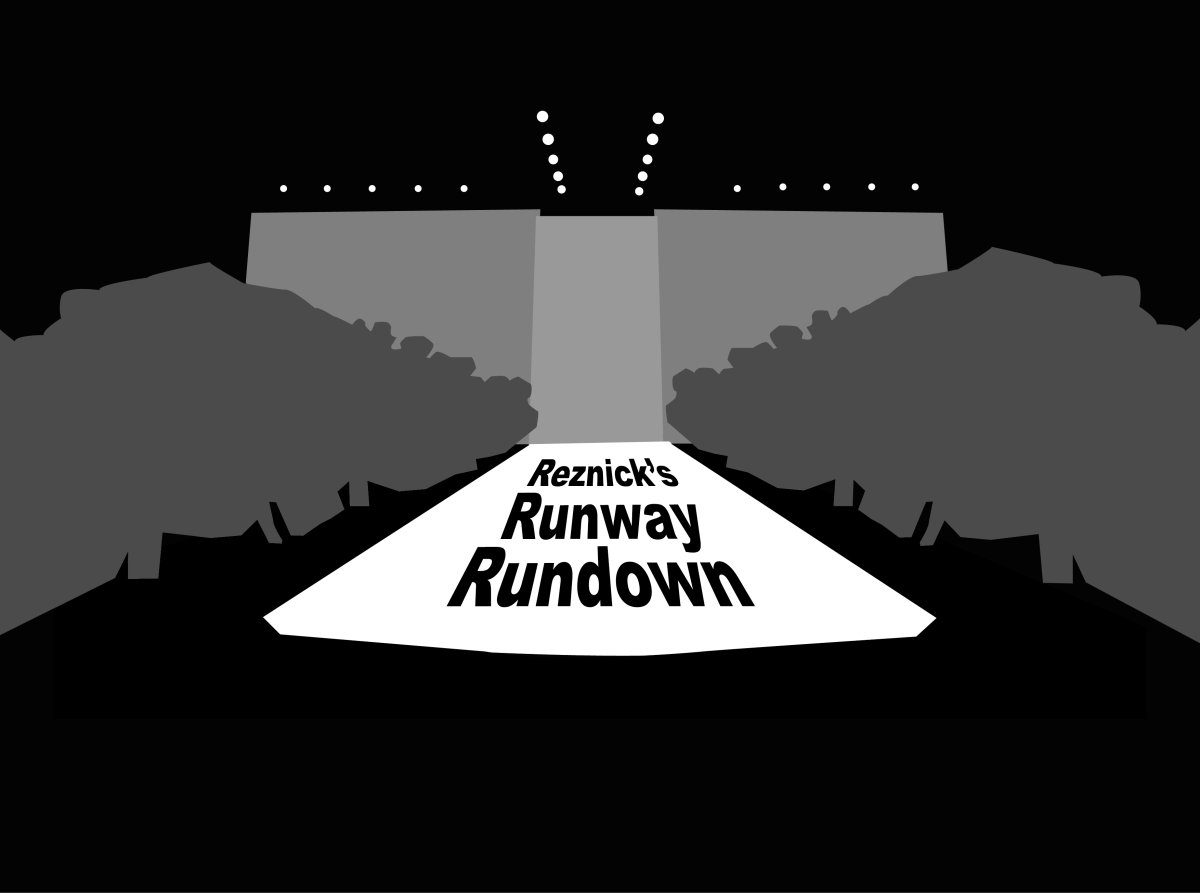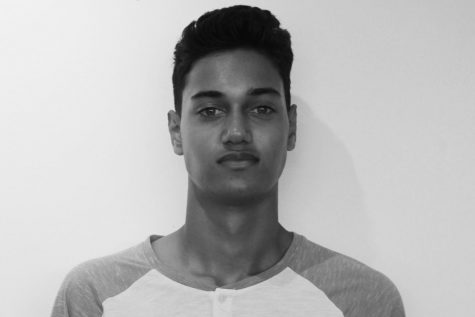Stepping inside the Tate Modern’s recently constructed Switch House building, I soon found myself amongst a huge crowd of people. The entrance to a dimly lit room was filled by others waiting to see Christian Marclay’s 2010 experimental film, The Clock.
Marclay’s film takes snippets of scenes that take place at each minute of the day from thousands of other movies. Most of them include a clock so that you can see what time it is. For something as seemingly niche and inaccessible as a 24-hour edit of film cuts, I was impressed by the mass appeal that the show had attracted.
As I reached the front of the long, snaking line of people, my anticipation was heightened by the crowd and extended wait. After being beckoned into a dark room by a Tate employee, I finally entered the film screening.
The layout of the venue was unlike that of an average cinema. A space of shared worn? couches created more of a warm, communal atmosphere than I had expected. However, it was the film itself that immediately grabbed my attention. A grainy, black and white foreign-language film had taken center stage when I entered, but it quickly transitioned into an action scene with Will Smith at the lead. While this would normally be jarring, Marclay’s edit resulted in a strangely smooth transition. As I was watching, none of the scenes felt out of place in the broader project.
The piece not only centers on matching on-screen times to those in the real world but also on the relatability between film and reality.
Marclay builds a sense of continuity where it would otherwise be absent by incorporating smooth transitions throughout his edit. To me, this is what made my viewing experience so engrossing. The piece not only centers on matching on-screen times to those in the real world but also on the relatability between film and reality. For example, while watching a child play in his room at six pm, I began to think about my own evening routine and actions. As a young child, I, too, remember delaying countless meals as my parents called for me time and time again. In this sense, Marclay proves that creative output can act as a testament to the connection that exists between people and their life experiences.
The Clock is also a unique film in the way it expects the audience to view it. Normally, I find that films require one’s attention to be centered on the foreground of each shot. The background is usually always secondary in significance to story and character development. However, Marclay subtly breaks this norm.
Since the only context provided for each scene is the scene itself (apart from for some films from which multiple scenes are taken), viewers are required to pay attention to everything: setting, side characters and other aspects of a film that are often placed in the background of shots all act as important providers of context. Marclay has changed the way I view all films on a broader level, as I have started paying more attention to smaller details I otherwise may not have noticed. Over my viewing period, Marclay not only showed off a memorising piece of art but also changed the way I approach a whole medium.





